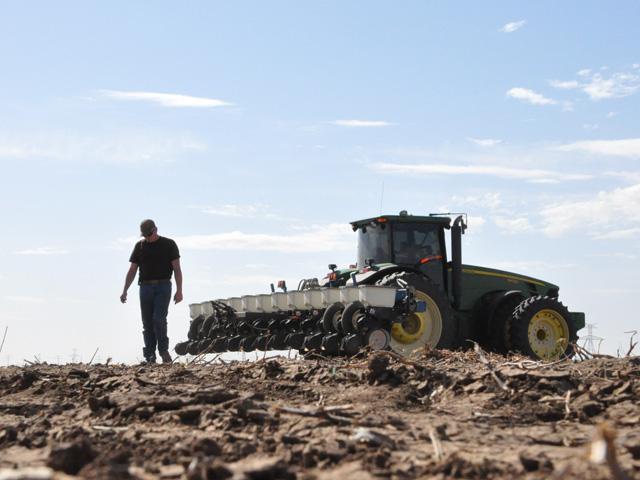Spring Insurance Prices Set
Record Spring Crop Insurance Guarantees Form Strong Safety Net for a Volatile 2022 Growing Season
MT. JULIET, Tenn. (DTN) -- This year's spring crop insurance guarantees are some of the highest on record, keeping pace with soaring input costs to provide a solid financial backstop in a growing season shrouded in volatility and uncertainty.
The spring crop insurance guarantee for corn is $5.90 per bushel, $1.05 higher than last year and the highest since 2011. For soybeans, the guarantee set a record at $14.33, up $2.46 from last year. Spring wheat also established a record at $9.19 per bushel, increasing 41% from last year's guarantee.
The guarantees are an essential component of revenue protection crop insurance policies, the most popular subsidized insurance option among U.S. farmers. The spring guaranteed prices are computed by averaging the daily closing price of the December corn, November soybean and September spring wheat contracts throughout February. Those numbers are combined with the farm's actual production history (APH) to determine a level of revenue. Farmers can elect to insure up to 85% of that revenue, with most choosing to purchase 75%, 80% or 85% depending on what the premiums are in their area.
Farmers should also expect premiums to increase along with the higher coverage levels.
P[L1] D[0x0] M[300x250] OOP[F] ADUNIT[] T[]
"This crop insurance guarantee, I think, has given farmers a lot more peace of mind and confidence to get out there and plant no matter what the uncertainty on the table," DTN Lead Analyst Todd Hultman said. "And I think that gives the market, in general, a lot of comfort knowing that farmers are going to do their best at production this year."
Hultman said dry weather is limiting production prospects in South America, while the war between Russia and Ukraine helped drive up crop prices during February.
"Even though grain prices are high, we also have high input costs and a lot of volatility and uncertainty," he said.
Hultman said fertilizer, chemical and fuel costs will be considerably higher this year, although each farm's individual cost structure will vary based on the timing of their purchases and other factors. On average, he estimates it will cost about $900 to grow an acre of corn and $600 per acre of soybeans. Hultman started with USDA's average crop production cost forecasts, but since the agency didn't adjust for surging input prices, he doubled the costs for fertilizer and chemicals and increased fuel expenses by 50% to arrive at his cost estimates. The estimates do include land costs, although those are also highly variable. (You can find a spreadsheet of USDA's estimates here: https://www.ers.usda.gov/….)
Assuming farmers make USDA's trendline yield of 181 bushels per acre, the cost of production is $4.97 per bushel. If the farmer averages 200 bushels per acre, their cost of production falls to $4.50 per acre. If they purchase an 80% revenue protection policy, they're guaranteed a price of $4.71 per bushel.
On soybeans, a trendline yield of 51.5 bpa results in a production cost of $11.65 per bushel compared to an 80% guarantee of $11.46 per bushel.
"Farmers are not going to make out like bandits because the guarantee levels are so high this year," Hultman said. "They're still not quite up to production costs, and that highlights just how high and expensive fertilizer and fuel have become."
Farmers who have not yet enrolled in the Agriculture Risk Coverage (ARC) or Price Loss Coverage (PLC) programs for the 2022 crop year have until March 15, 2022, to sign a contract, according to USDA's Farm Service Agency (https://www.fsa.usda.gov/…).
Katie Dehlinger can be reached at katie.dehlinger@dtn.com
Follow her on Twitter at @KatieD_DTN
(c) Copyright 2022 DTN, LLC. All rights reserved.




